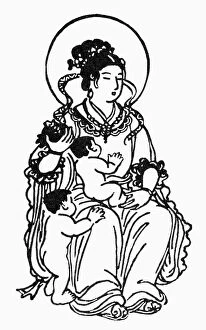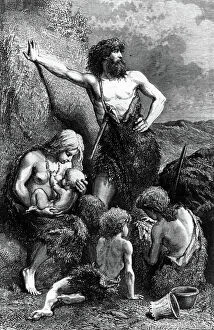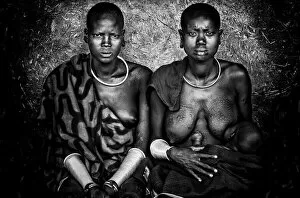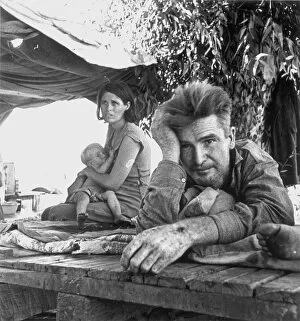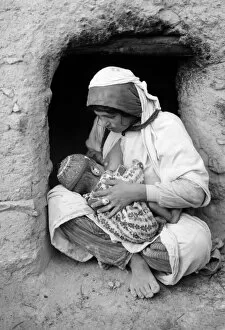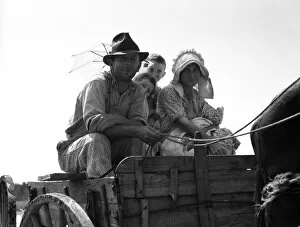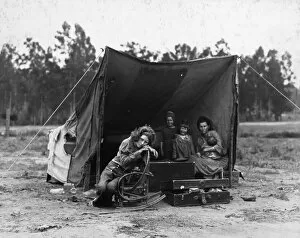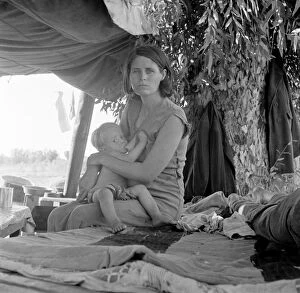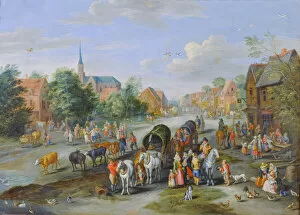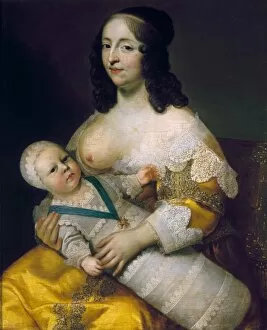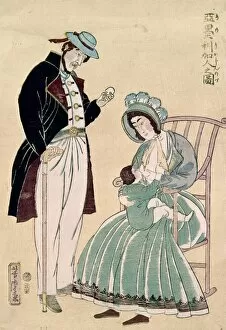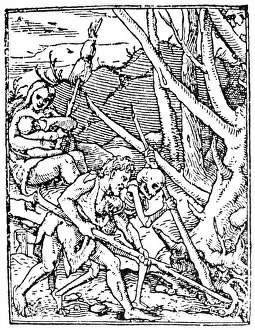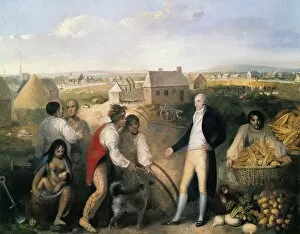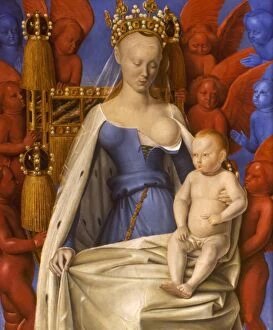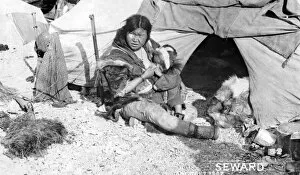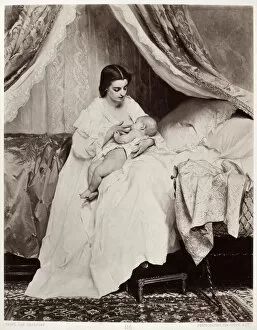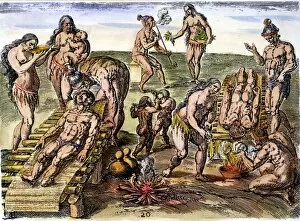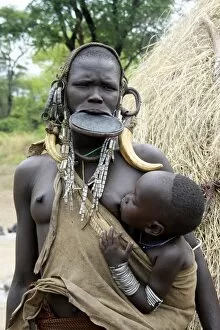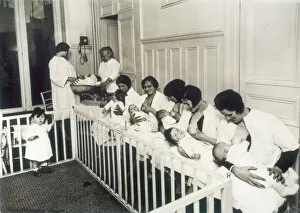Breast Feed Collection
"Breastfeeding: A Universal Bond of Love and Protection" In the intricate lines of a Japanese form of Hariti, the Buddhist goddess for the protection of children
For sale as Licensed Images
Choose your image, Select your licence and Download the media
"Breastfeeding: A Universal Bond of Love and Protection" In the intricate lines of a Japanese form of Hariti, the Buddhist goddess for the protection of children, we witness the timeless beauty and power of breastfeeding. Across cultures and generations, this act has been celebrated as a sacred connection between mother and child. Amidst the harsh realities captured in historical photographs like "Drought Refugee, 1936, " where Oklahoma families sought solace in Blythe, California or "Syria: Mother and Child, " depicting a mother nursing her little one amidst turmoil, breastfeeding emerges as an unwavering source of comfort and nourishment. The struggles faced by sharecropper families during the Great Depression are palpable in images such as "Sharecropper Family, 1937. " Yet even amidst their hardships, mothers continued to provide sustenance through breast milk while traveling on horse-drawn carriages. Similarly, Florence Thompson's iconic photograph as a migrant worker in 1936 showcases her strength as she nurses her child despite being displaced from home. From Flemish paintings like "Flemish Fete" to glimpses into royal history with Louis XIV depicted with his first wet nurse; breastfeeding transcends social classes, and is an innate connection that unites humanity across time. Even when cultural boundaries were crossed - seen in "Americans in Japan" where Western influences meet Eastern traditions - breastfeeding remained constant. It symbolizes love that knows no borders or differences but rather embraces our shared humanity. As we reflect on these diverse moments throughout history - from birth to death portrayed in "Dance of Death" - let us recognize breastfeeding's significance beyond mere sustenance. It represents resilience, nurturement against all odds; it embodies compassion that spans centuries and continents. Breastfeeding endures not only as nature's perfect design but also as a testament to maternal devotion. In its embrace lies hope for future generations – nurturing bodies and souls, fostering love and protection for the children of today and tomorrow.

